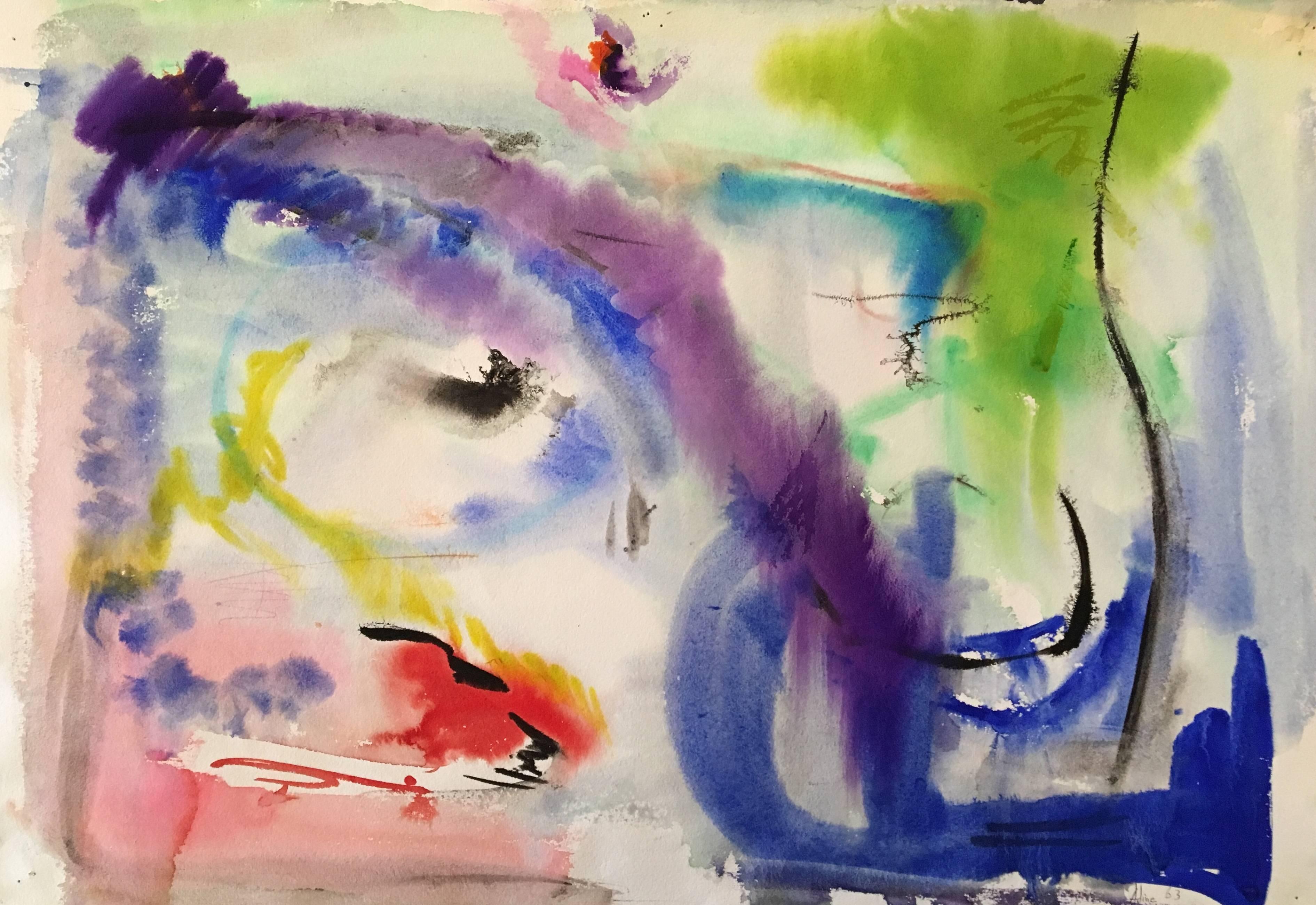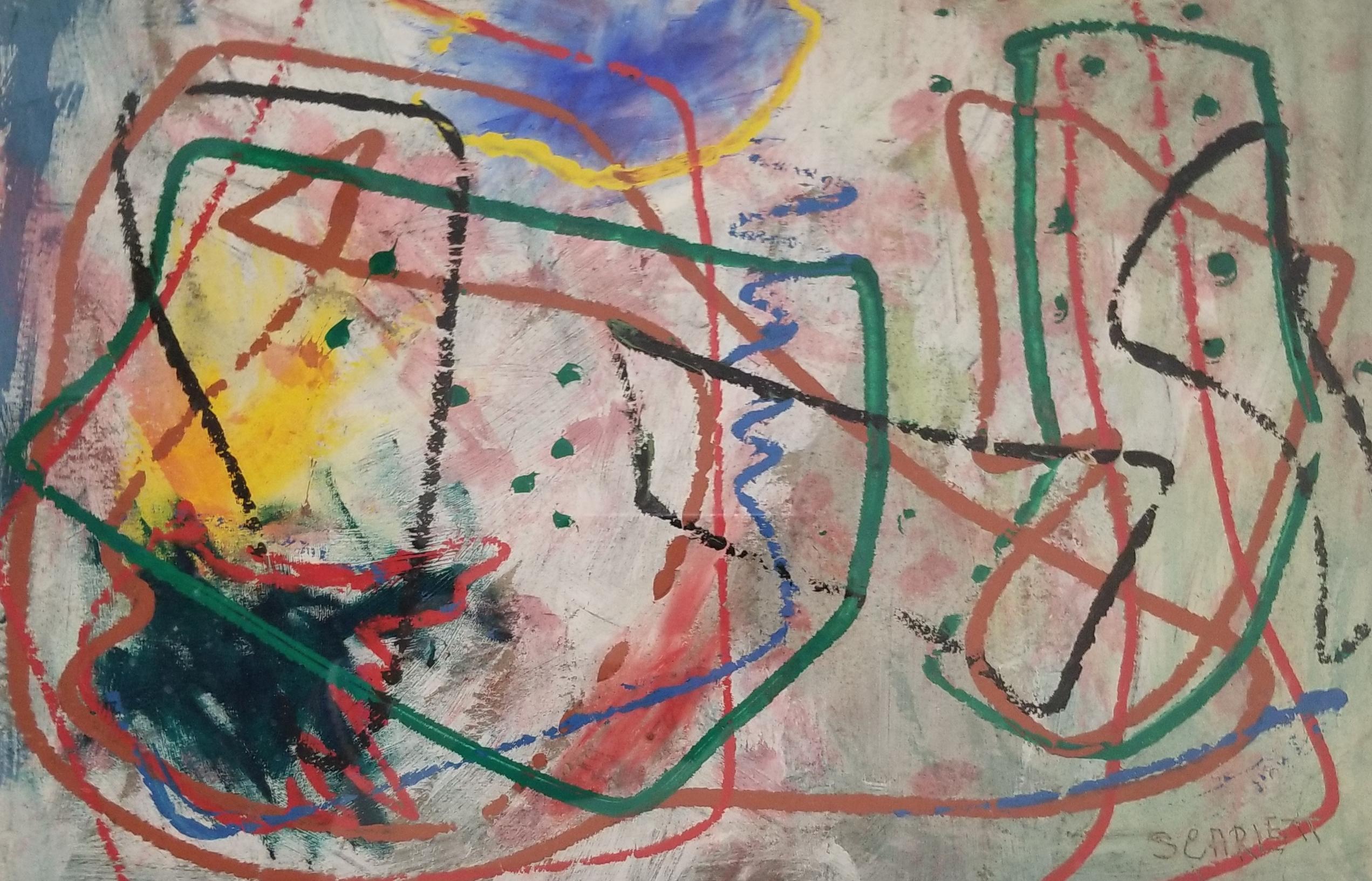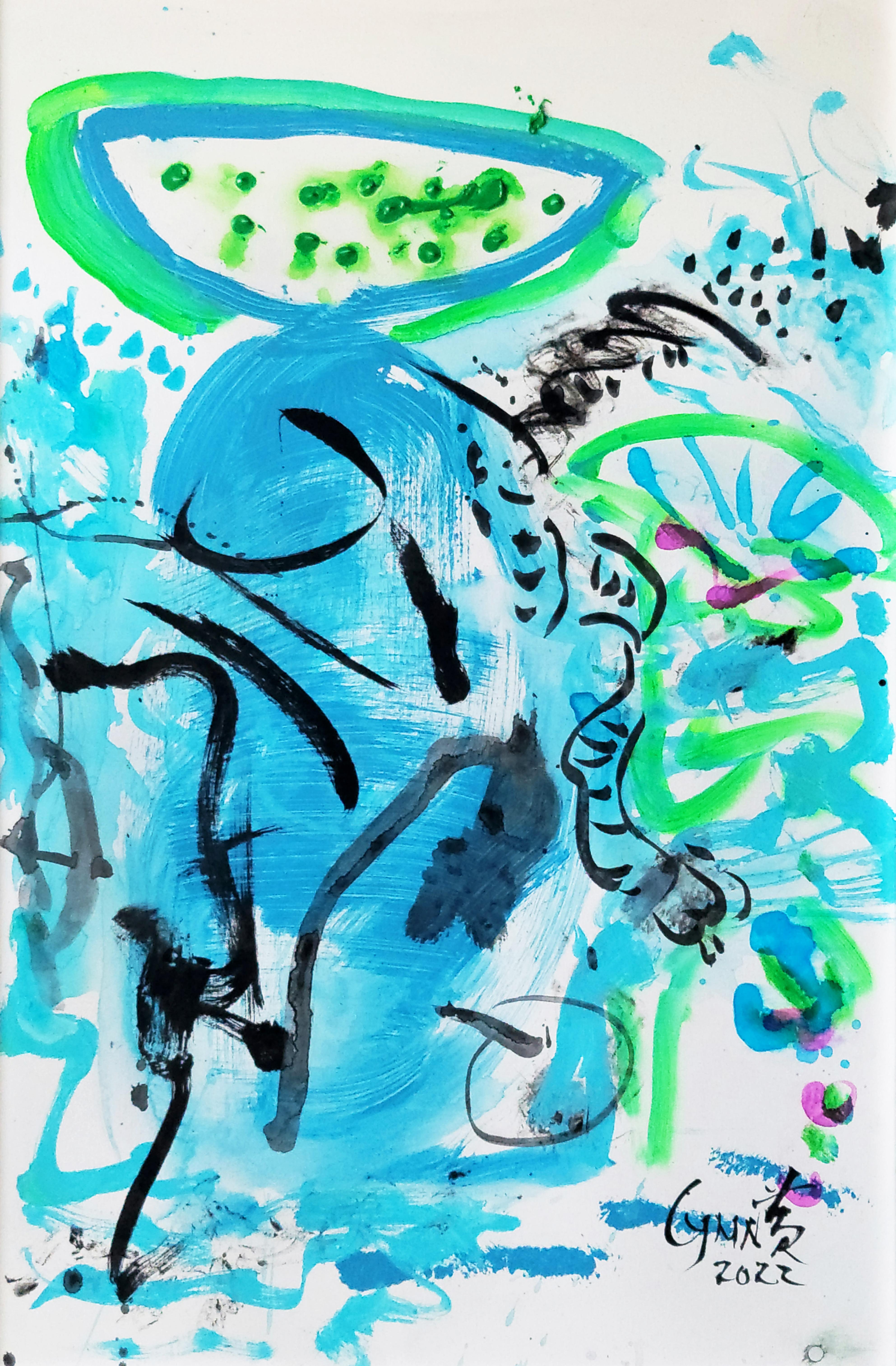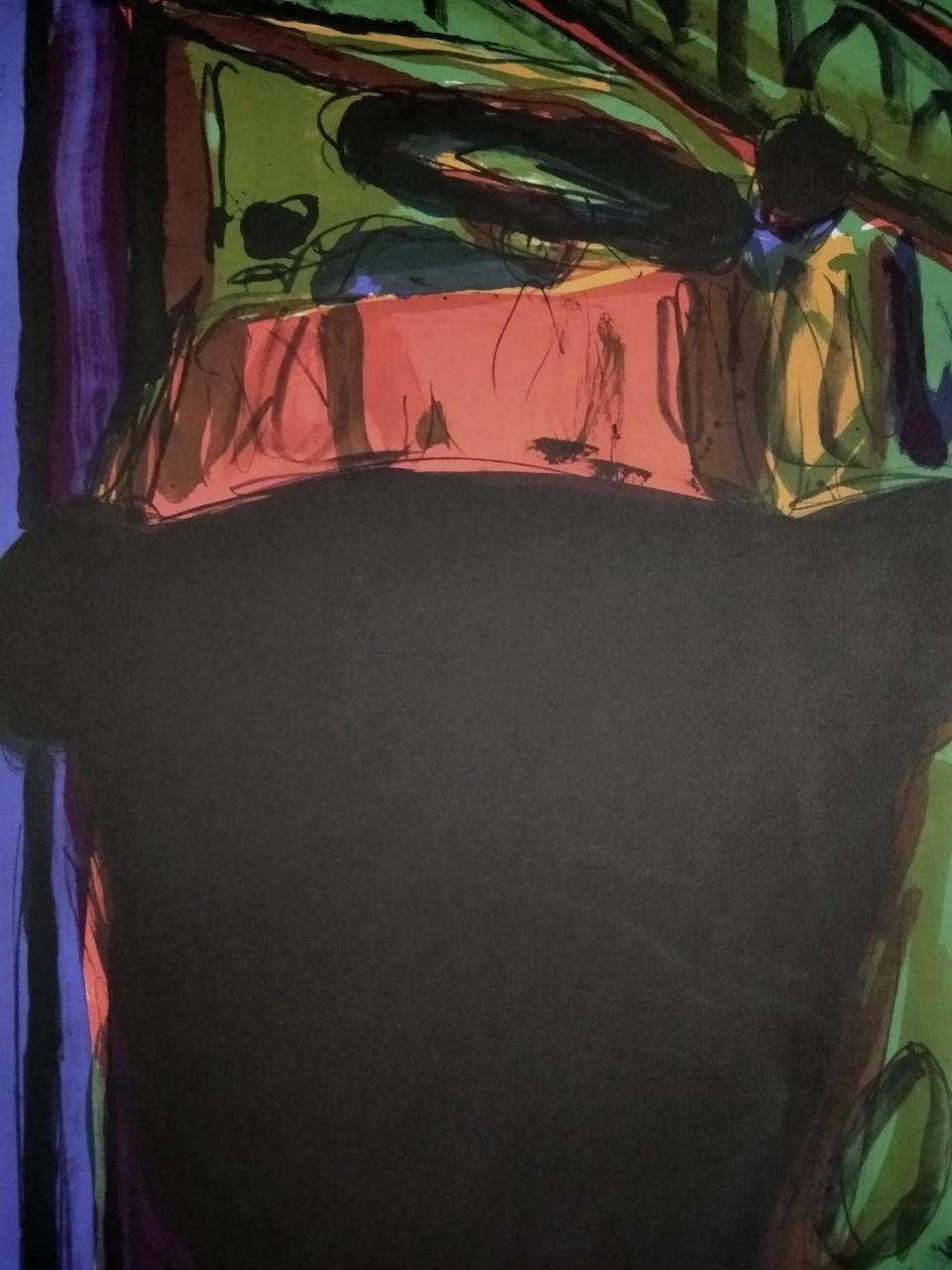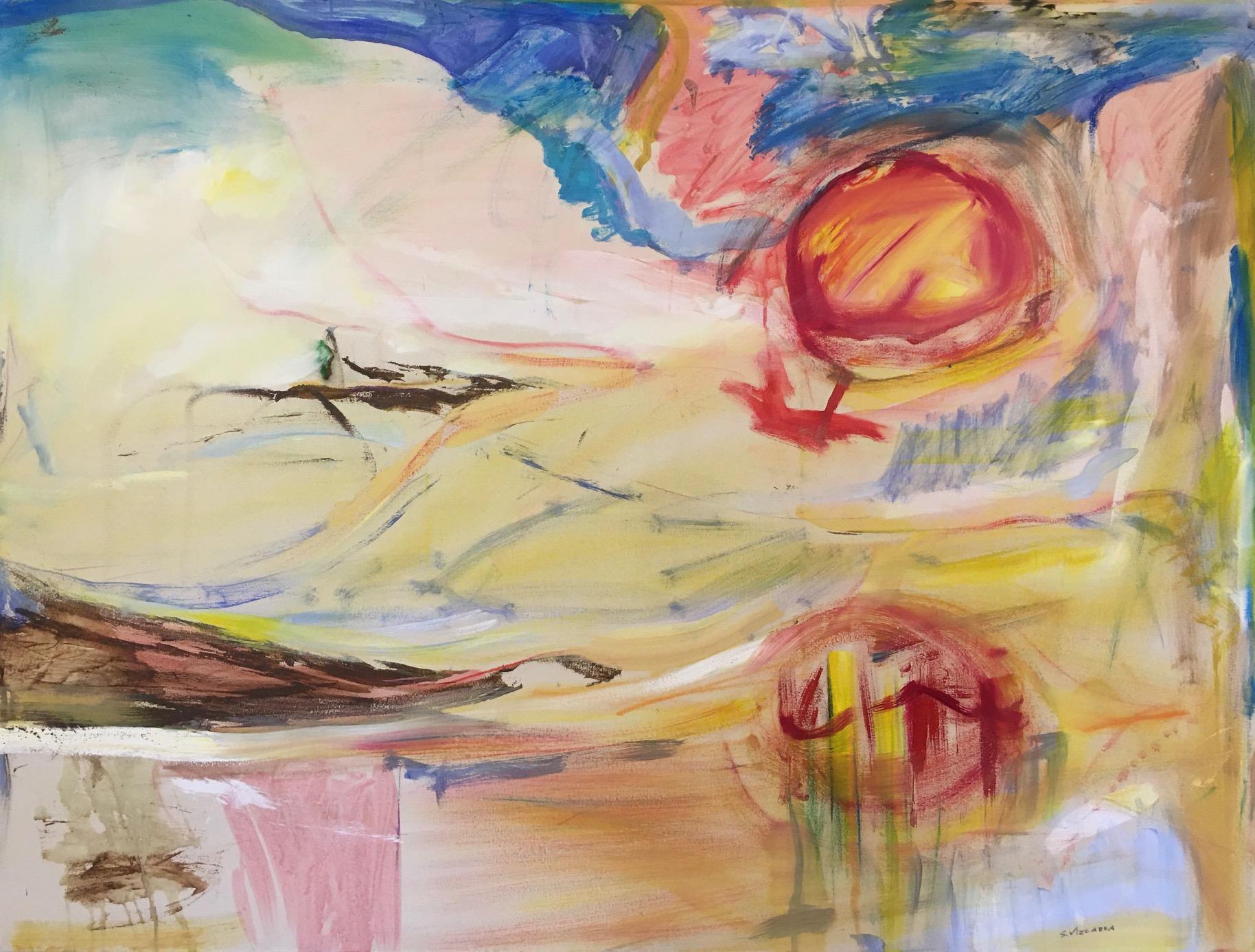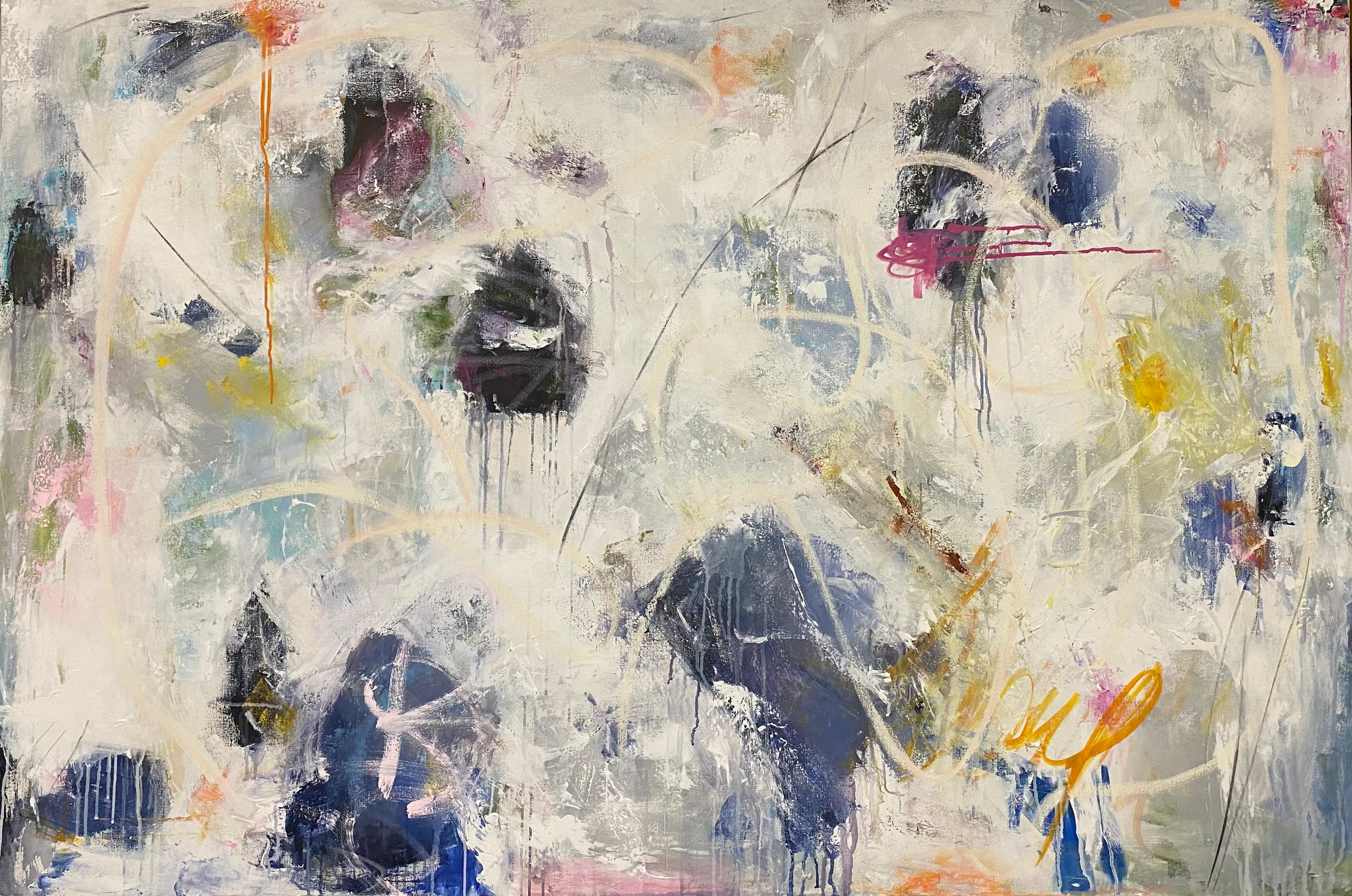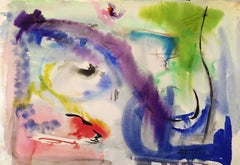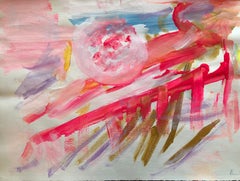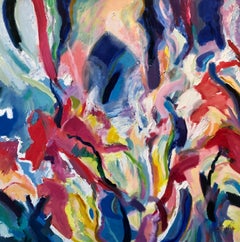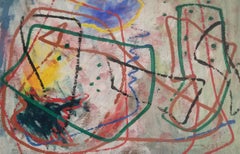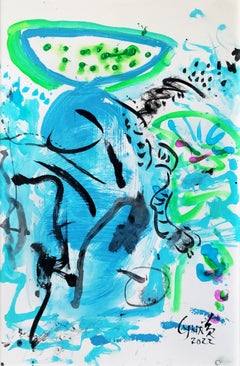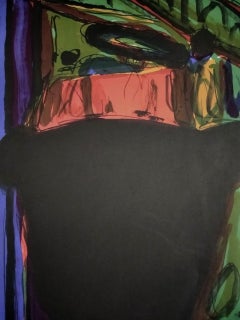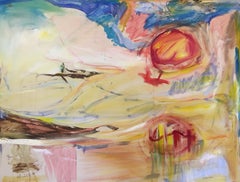Want more images or videos?
Request additional images or videos from the seller
1 of 7
Adine StixUntitled1950
1950
$1,900
£1,456.59
€1,666.75
CA$2,685.13
A$2,918.63
CHF 1,562.39
MX$35,279.45
NOK 19,689.14
SEK 18,158.50
DKK 12,447.96
About the Item
Gorgeous watercolor by Adine Stix. This piece was painted in the 1950s and was acquired directly from Adine's daughter. It is beautifully framed and matted in a gold cube frame under conservation glass. It measure 26 high by 32 wide framed and is signed lower right.
- Creator:Adine Stix (1909 - 1987, American)
- Creation Year:1950
- Dimensions:Height: 26 in (66.04 cm)Width: 32 in (81.28 cm)Depth: 1 in (2.54 cm)
- Medium:
- Movement & Style:
- Period:
- Condition:
- Gallery Location:Summit, NJ
- Reference Number:1stDibs: LU66331977893
Adine Stix
Adine Stix studied Art at Skidmore College. Stix worked with her husband Hugh Stix to develop the New York Artist's Gallery in the 1930s. Stix’s aesthetic was born from her Abstract Expressionist education in New York, painted through the inspired hand of a woman forging her trail in the Nevada desert. Stix used gesture, form, color and texture for expression and symbolism.

About the Seller
4.8
Vetted Professional Seller
Every seller passes strict standards for authenticity and reliability
Established in 2016
1stDibs seller since 2017
65 sales on 1stDibs
- ShippingRetrieving quote...Shipping from: Summit, NJ
- Return Policy
More From This Seller
View AllUntitled
By Adine Stix
Located in Summit, NJ
Gorgeous watercolor by Adine Stix. Wonderful colors on heavy paper with great edges. Signed “Adine” and dated ‘63 lower right.
Category
1960s Abstract Expressionist Abstract Paintings
Materials
Paper, Watercolor
$1,200
Untitled Abstraction
By Rolph Scarlett
Located in Summit, NJ
Gorgeous gouache on paper by Rolph Scarlett c. 1950s. The piece is in perfect condition. Unframed it measures 13.75 high by 16 wide. It is signed "Scarlett" lower right.
Category
1950s Abstract Abstract Paintings
Materials
Gouache
Untitled Landscape (1967)
By Adine Stix
Located in Summit, NJ
Gorgeous oil on paper by abstract expressionist artist Adine Stix. Beautiful hades of pink, with purple, blue, yellow and a touch of brown create a gorgeous abstract landscape. Sign...
Category
1960s Abstract Expressionist Abstract Paintings
Materials
Paper, Oil, Watercolor
Untitled
By Ben Georgia
Located in Summit, NJ
Gorgeous large abstract by Ben Georgia. Great texture and color.
Category
2010s Abstract Expressionist Abstract Paintings
Materials
Canvas, Oil
$12,000
Untitled Figure (c. 1950s)
By Adine Stix
Located in Summit, NJ
Gorgeous oil and watercolor on paper by abstract expressionist artist Adine Stix. Beautiful shades of pink, purples, cobalt blue with s hint of orange cover the paper to create the h...
Category
1950s Abstract Expressionist Abstract Paintings
Materials
Paper, Oil, Watercolor
Untitled Abstraction
By Rolph Scarlett
Located in Summit, NJ
Gouache on paper by Rolph Scarlett c. 1950s. The piece is signed "Scarlett" on the front in two places. The piece is in perfect condition. Unframed it measures 10.75 x 13.5.
Category
1950s Abstract Abstract Paintings
Materials
Gouache
$1,400 Sale Price
43% Off
You May Also Like
Abstract
By Rolph Scarlett
Located in Saratoga Springs, NY
Signed lower right.
A major exponent of non-objective painting, Rolph Scarlett's career and artistic philosophy is closely linked with the early history of the Solomon R. Guggenheim...
Category
Mid-20th Century Abstract Abstract Paintings
Materials
Oil, Paper
$5,000
As if by Magic I
Located in Rockville, MD
Cymn Wong’s style of mixed media paintings are developed alongside with pastel, crayon, acrylic and ink. Rooted from traditional Chinese ink-brush painting to contemporary New York ...
Category
2010s Abstract Expressionist Paintings
Materials
Mixed Media, Acrylic
Untitled
Located in Barcelona, BARCELONA
The painting is being offered with a work and authenticity certificate
Category
1990s Abstract Abstract Paintings
Materials
Lithograph
Untitled
Located in New York, NY
Acrylic on canvas
36.60 x 48.40 in
unstretched
Category
2010s Abstract Paintings
Materials
Acrylic, Mixed Media
And So It Goes
By Alicia Gitlitz
Located in New York, NY
Acrylics and oils on canvas that is one inch deep. Abstract Focus. Vibrant Colors. Not framed.
About the Artist:
"Alicia is a versatile painter working in a variety of styles ...
Category
2010s Abstract Abstract Paintings
Materials
Mixed Media
$14,000
"Untitled"
By Sidney E. Zimmerman
Located in Southampton, NY
Sidney E.Zimmerman
USA (1926-2007) studied at the Brooklyn a Museum of Art after returning from Europe during WWII. In 1950, he studied with Morris Kantor and Vaclav Vytlacil at the ...
Category
1960s Modern Abstract Paintings
Materials
Oil, Board
$1,200 Sale Price
46% Off
